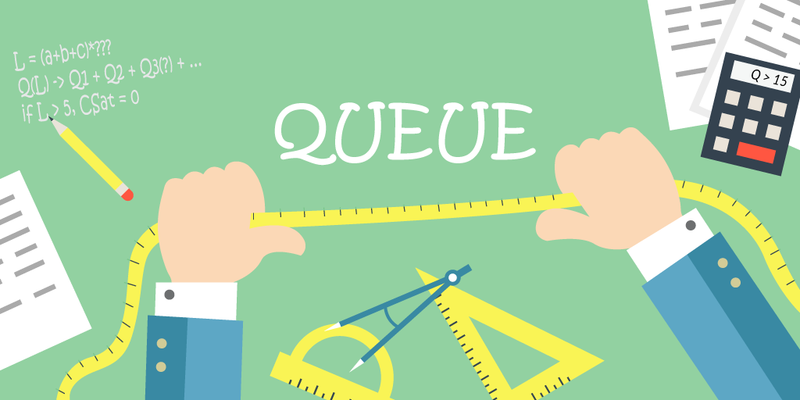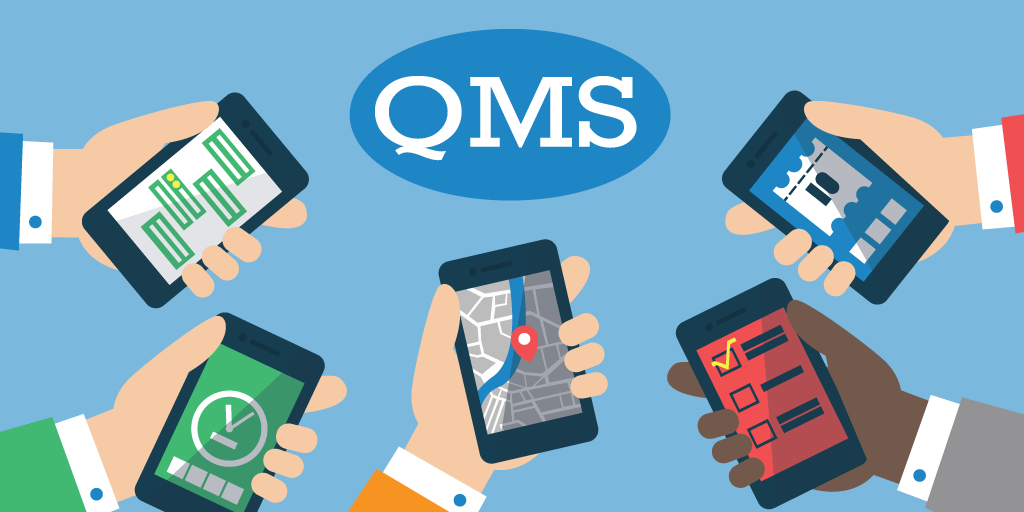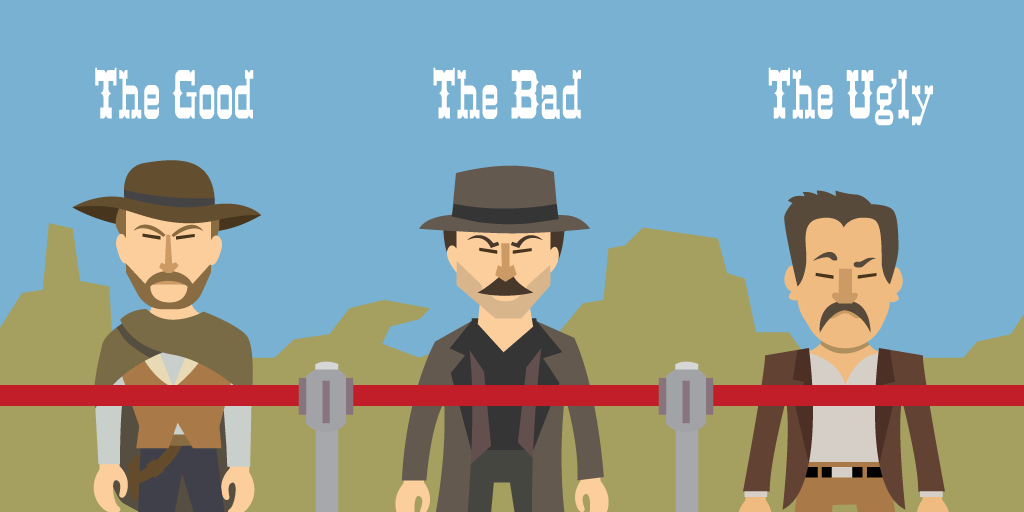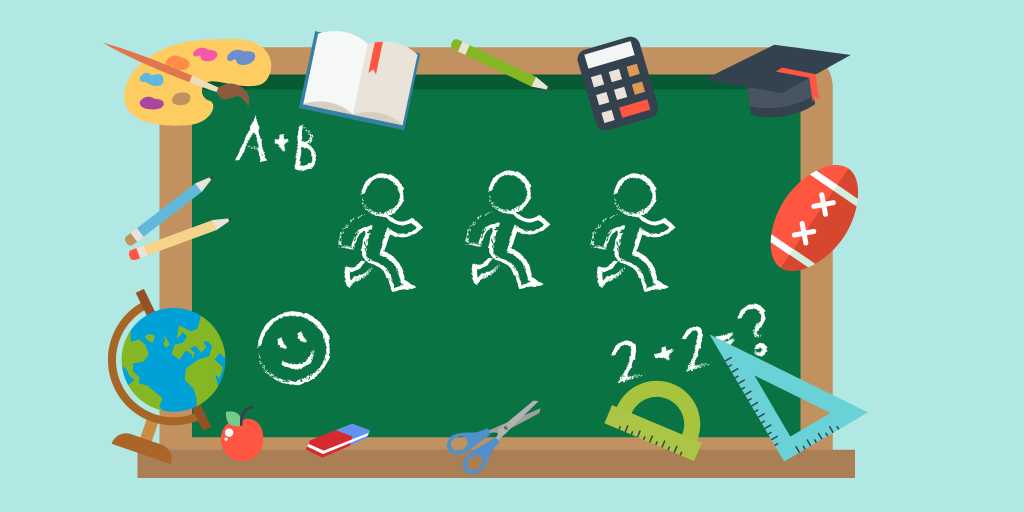Typically, the worst part about shopping is waiting around. Life is short, and most people can imagine better things to do than stand in a queue. Unfortunately, most businesses take the hassles of waiting time management for granted.
But they shouldn’t shrug off the negative aspects of the queueing experience as a fact of the shopping experience. Instead, businesses need to understand that the queue can be made to feel shorter — that the question “How to reduce waiting time” has an answer.
And in this article, we’re going to share it with you.
A Perceptual Shift Among Customers
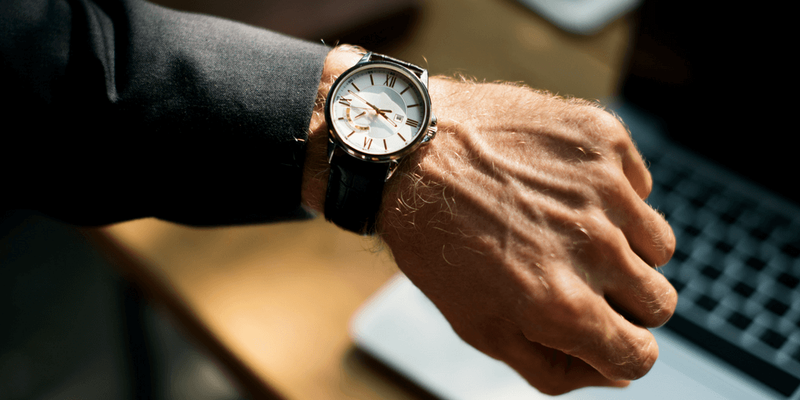
One of our key terms to figure out how to reduce queues is the word “feel.” Because emotions play into our perceptions of the queue. Even more so than reality, the way things are. Science has shown that our emotions literally shape the world around us.
If a customer gets in the queue and the already feel annoyed, they’re more likely to express further annoyance at the queue. At the opposite end, if a customer is relaxed and content, they’re less likely to be annoyed by the queue.
It’s important to recognize how feelings play into perception, especially since nearly half of respondents reported feeling irritated by waiting around.
Need more proof?
A study found that waiting times may be overestimated or underestimated by customers depending on the strategies implemented to manage the perception of waiting time.
That means the queueing strategy a business adopts ultimately influences the answer for how to reduce queues.
The Wrong Waiting Strategy
Let’s imagine a customer is walking towards the registers while balancing the items they are ready to purchase in their arms. They want to get those items in a bag as soon as possible.
But wait. They’re confronted by multiple lanes with multiple registers. Which lane do they choose?
The customer chooses a lane near the right side of their store and waits. But now the line to their left looks like it’s faster. They think, “Why are those customers checking out before me? I was here first!”
In the aforementioned situation, the customer is not only prone to become frustrated, but they may even jump lines or leave the store. How do you make the queue more convenient for customers and profitable for businesses?
Turns out, how to reduce waiting time is easy. Ditch the lanes.
Serpentine Line: A Slithering Answer

Stores don’t need multiple lanes and registers to make queues feel shorter. They do need a single line.
A single line is the most efficient form of queueing. In the theory of aesthetics this S-shaped line is called the “line of beauty” and for good reason: customers check out faster in stores that adopt a single serpentine line.
Multiple lanes and registers motivate customers to follow one of four behaviors:
- The choose a lane and begrudgingly wait for their turn.
- They balk at the line, meaning they decide not to checkout.
- They jockey, meaning they jump from one line to the next.
- They renege, meaning they waited for a bit but have decided to leave the line.
All because the queues were actually taking too long.
A single serpentine line mitigates the risk of the last three behaviors by placing fairness at the core of its philosophy. After all, when there’s one lane, the rule of first come, first served is automatically upheld.
And no one can vie for position on one of the multiple lanes and cause the queue to be slower.
But most important of all, the line feels faster. There’s no anxiety about choosing the right lane to checkout. And customers can rest assured that they’ll be served in the order that they queued.
The Next Step in Queuing
The single greatest leap forward in revolutionizing the queue is adopting a queue management system (QMS). It’s tech that takes the queue and brings it into the virtual world.
Traditional queue systems rely on analog contraptions like lines or terrible take-a-number systems. But queue management automates the queue.
Instead of waiting for customers to sign-in to the line through a kiosk. When it’s their turn to be helped, their name is called by a frontend employee and the customer is matched with the employee who can best serve their needs.
Keep Customers Informed

Waiting in ignorance makes customers anxious, annoyed, and tired. You don’t have to be in a queue to relate. Wanting information is a part of the human condition.
Knowing that businesses need to be transparent with their customers when it comes to the queue. Customer wait time analysis typically can’t tell customers an average wait, but thanks to QMS it can tell customers where they fall in the line: whose queued up before them and after.
It’s enough information to reduce customer’s sense of stress and make the lines feel shorter, as they watch it shrink both through the queue management system and see people checking out ahead of them.
An Aesthetic Waiting Environment
Here’s a maybe not so intuitive solution for how to reduce queues. How to solve queueing problems can be as easy as making the environment of the queue attractive!
A Cornell study found that:
“Since peak experiences, positive and negative, influence perceptions of the service encounter as a whole, managers should carefully consider the design of the wait experience and waiting environment, as an integral part of the entire service experience.”
Psychologist have long known that the color green is healthy for your mental wellbeing. Without delving into the evolutionary reasons, people are less prone to stress in green environments.
Therefore, the sense of annoyance at waiting is less likely to grab customers and draw the queue out.
Need another reason?
A concept store for Walmart used natural lighting and found that sales increased. The data even suggest that customers are more likely to buy more merchandise when in natural surroundings.
Customer Entertainment as a Way to Shorter Waiting Shorter

Millennials on their smartphones exemplify a part of human nature that each of us can relate to: we want to be entertained. Businesses that entertain their waiting customers mitigate the sense of dread associated with queues.
How?
The simplest and most apparent form of entertainment is digital signage. “Digital signage” is an academic way of saying HDTVs.
Yes, televisions on the line. Chain restaurants typically epitomize the digital signage strategy by loading their walls with televisions displaying the latest sports game.
But digital signage doesn’t have to display satellite TV programming like an airplane to be effective. Screens are not only aid waiting time management by being entertaining but also serve as a powerful medium for conveying information.
Creative uses of digital signage include:
- Displaying savings and upcoming promotional events.
- Prompting customers to partake in surveys.
- Sharing attractive items for purchase.
Creativity is key. Perhaps, it suits your business to rotate between all of the above as a means of keeping displayed content fresh.
A line that feels too long may ruin a customer’s shopping experience. But it doesn’t have to. With the right tools and a proper strategy, businesses can content customers and ensure they have a positive experience even as they checkout.
Want to give it a try? You’re in luck: Qminder is
Two weeks of unlimited free trial — the ultimate solution to making your queues feel shorter.

